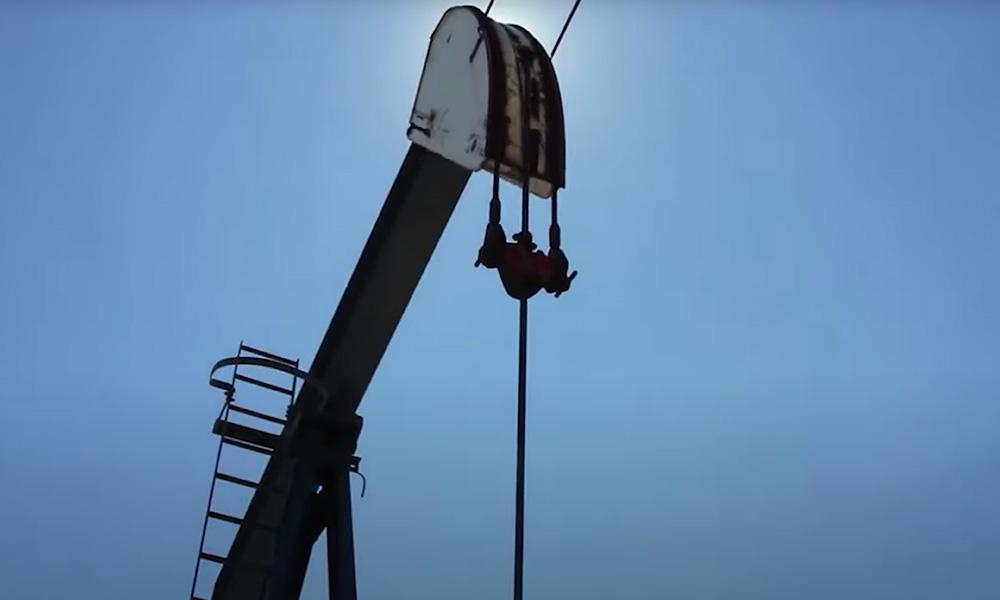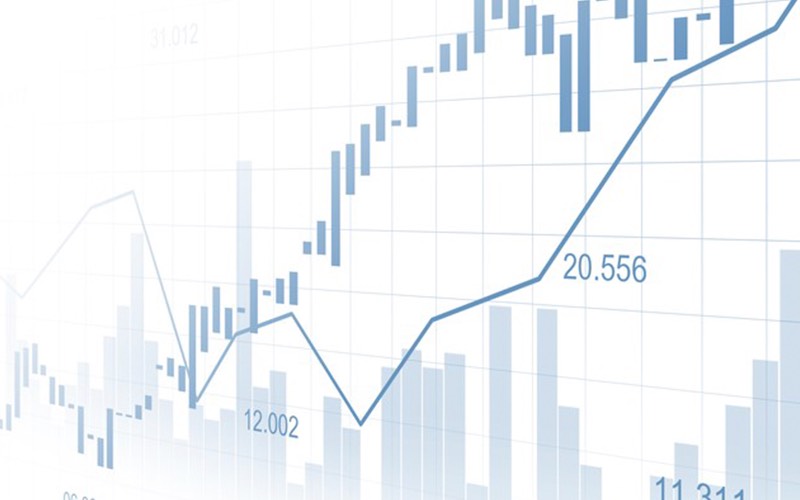OPEC+ shocked the market by announcing a production increase of 547,000 barrels per day in September. With oil prices soaring, market competition is escalating again!
2025-08-04 06:17:05

The decision to increase production is driven by a robust economy and tight inventories.
OPEC+'s strategic considerations for accelerating production increases
OPEC+'s decision to increase production was made during a brief online meeting on Sunday, with a high degree of consensus among the eight participating member countries. According to an OPEC+ statement after the meeting, the fundamental reason for the production increase was the robust global economic performance and persistently low crude oil inventory levels, which provided market confidence for the increase. Amrita Sen, co-founder of Energy Aspects, noted that Brent crude oil prices have recently remained strong around $70 per barrel, demonstrating solid market fundamentals, while tight inventories further supported OPEC+'s decision.
A strategic shift from production cuts to production increases
Since 2020, OPEC+ has stabilized oil prices through large-scale production cuts, successfully addressing the impact of plummeting demand during the pandemic. However, as the global economy gradually recovers, OPEC+ has gradually adjusted its strategy since April of this year, shifting from cautious production cuts to accelerated production increases in an effort to regain market share. In April, the eight member countries saw a small production increase of 138,000 barrels per day. This was followed by monthly increases of 411,000 barrels per day in May, June, and July, reaching 548,000 barrels per day in August. The planned increase of 547,000 barrels per day in September continues this trend. This move not only reflects OPEC+'s optimistic outlook on market demand but also represents a strategic choice to re-establish its dominant position in the global energy landscape.
Intensified geopolitical competition: US pressure and Russia's role
US pressure on India and the situation in Ukraine
The OPEC+ meeting comes amidst heightened geopolitical tensions. The United States has recently intensified pressure on India to halt purchases of Russian oil, a move seen as a crucial move by Washington to compel Moscow to return to peace talks in Ukraine. US President Trump has publicly stated his desire to achieve this goal by August 8th. This move undoubtedly injects new uncertainty into the global oil market, as any changes in Russia's crude oil exports, a key member of the OPEC+ alliance, could trigger significant market volatility.
The delicate balance between Russia and OPEC+
The OPEC+ alliance includes 10 non-OPEC oil-producing countries, with Russia and Kazakhstan being particularly important. Together, they produce approximately half of global oil supply. Russia plays a crucial role in OPEC+ decision-making, and US restrictions on Russian oil exports may force OPEC+ to adjust its strategy in the future. Market analysts point out that while increasing production, OPEC+ must carefully manage the risk of supply disruptions from Russia to prevent uncontrolled oil price increases.
High oil prices and market response: seasonal demand and inventory pressure
Why are oil prices so high?
Despite OPEC+'s continued production increases, oil prices remain high. Brent crude closed near $70 a barrel last Friday, significantly above its April low of $58. This is driven by both seasonal demand and tight global inventories. Recent stockpiling activity, particularly in major Asian countries, has further boosted demand for crude oil. UBS analyst Giovanni Staunovo stated that the market is currently able to effectively absorb the additional crude oil supply from OPEC+, but all eyes are on Trump's August 8th decision regarding Russia, which will directly impact future oil price trends.
The market's ability to absorb increased production
Despite OPEC+'s accelerated production increases, the market has not experienced an oversupply. Jorge Leon, a former OPEC official at Rystad Energy, noted that OPEC+ successfully passed its "first test": relieving oil prices from a sharp drop while fully lifting the largest production cuts. This was due to the market's ability to absorb the new supply and a steady recovery in global demand. However, the challenges ahead will be even greater: OPEC+ will need to release the remaining production cuts while managing geopolitical tensions and maintaining cohesion within the alliance.
Next steps: The September 7 meeting is attracting much attention
Possibility of future production increases by OPEC+
Two OPEC+ sources revealed that the eight member countries plan to meet again on September 7th to discuss whether to further lift their voluntary production cuts of approximately 1.65 million barrels per day. These cuts were originally scheduled to last until the end of 2026, but due to evolving market conditions, OPEC+ may release additional production capacity earlier than planned. This decision will directly impact the global oil supply and demand balance, drawing significant market attention.
The fate of the remaining production cuts
In addition to the voluntary production cuts of 1.65 million barrels per day (bpd) by eight OPEC+ members, all OPEC+ members must also adhere to a 2 million bpd production cut agreement, which is also scheduled to last until the end of 2026. Going forward, OPEC+ will need to strike a delicate balance between increasing production and maintaining stable oil prices, while simultaneously addressing external geopolitical pressures and the differing demands of its members. This will undoubtedly test OPEC+'s decision-making acumen and coordination capabilities.
Summary: OPEC+'s production increase game and the new global energy landscape
OPEC+'s decision to increase production by 547,000 barrels per day in September is not only a continuation of its strategy to regain market share, but also a crucial step in the intertwined global economic recovery and geopolitical dynamics. High oil prices, robust market absorption capacity, and tight inventories provide OPEC+ with the confidence to increase production. However, US pressure on Russian oil exports and uncertainty surrounding the situation in Ukraine cast a shadow over the market outlook. The next meeting on September 7th will further determine the pace of OPEC+'s production increases, and the global energy market is focused on this meeting.
Affected by OPEC+'s decision to increase production on Sunday, U.S. crude oil opened about 0.7% lower on Monday, and the decline once widened to 1.1%, hitting a one-week low of around $66.56 per barrel. It is currently trading around $66.90 per barrel.
- Risk Warning and Disclaimer
- The market involves risk, and trading may not be suitable for all investors. This article is for reference only and does not constitute personal investment advice, nor does it take into account certain users’ specific investment objectives, financial situation, or other needs. Any investment decisions made based on this information are at your own risk.





















